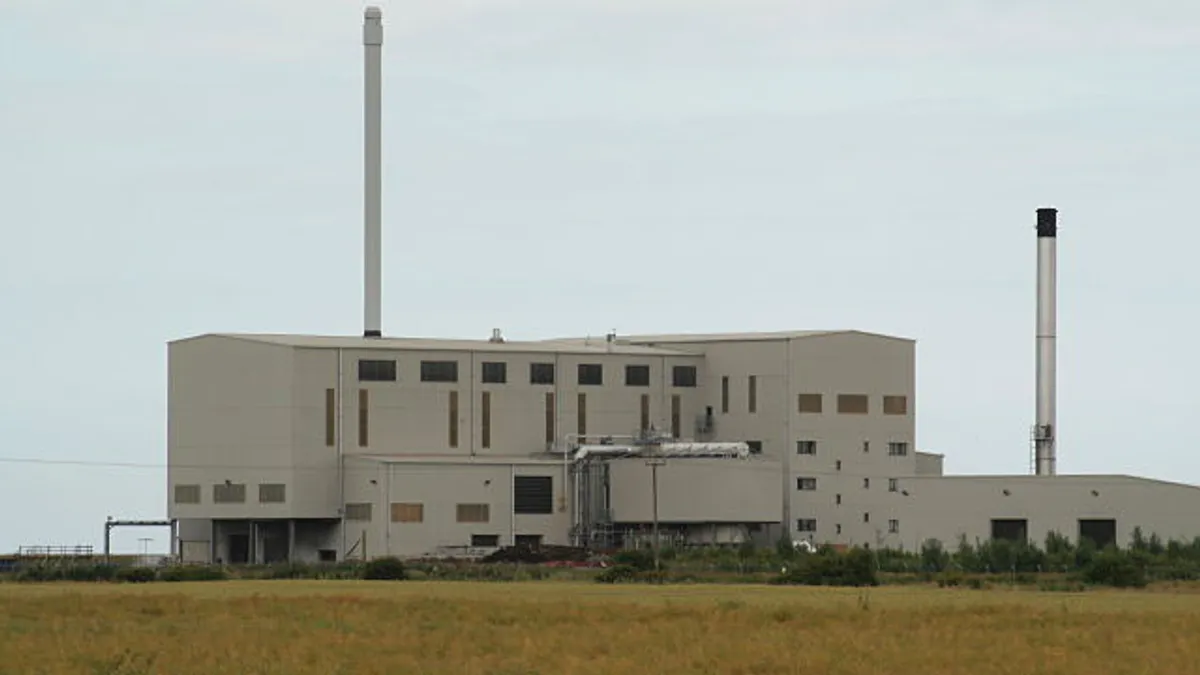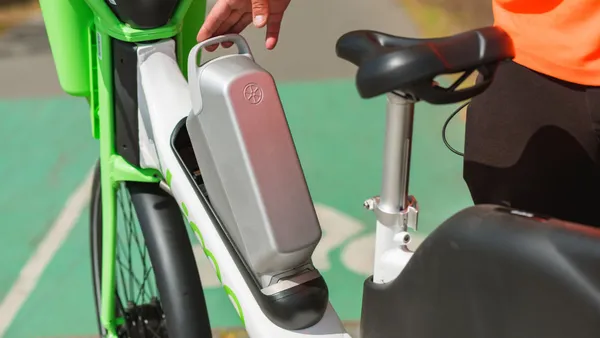Dive Brief:
- Connecticut is reviewing proposals for a combined recycling, composting, and bio-energy system to replace Hartford's dated incinerator, but Mayor Luke Bronin has reservations and wants to learn about other potential economic development opportunities in the South Meadows area.
- If Hartford shoots down the proposed multifunctional operation, 50 communities dependent on the current site would have no garbage dump. And without a replacement for the aging site, the region's disposal costs would skyrocket, said Lee Sawyer of the state Department of Energy and Environmental Protection (DEEP), as reported in Hartford Courant.
- While the Connecticut Resources Recovery Authority (CRRA) typically seeks local zoning approval for waste management-related projects from the city, the state has ultimate authority. But, said Sawyer to the Courant, "We consider [the City of Hartford] to be the most important stakeholder...It really needs to work well for Hartford...to be successful."
Dive Insight:
It's time for Connecticut to make a move of some kind as its old incinerator nears the end of its life and the state is pressed to reach a 60% recycling rate by 2024. At its current rate of 20%, Hartford has a way to go.
But the community is skeptical about a newer plant to help them get there. The current operation, originally owned and operated by the CRRA, had a long history of complaints of mismanagement. If Hartford were forced to host a new facility, contention could escalate.
Community disgruntlement in similar scenarios has fueled lawsuits in communities from Pennsylvania to Kentucky, and tension is also welling in Los Angeles.
Any new system will likely need to offer major incentives for the city, said Marian Chertow, former CRRA president, according to the Hartford Courant. Hartford would not have a problem with being in a situation where it could capitalize, as Bronin has already mentioned compensations the city may consider, among other terms.
DEEP is evaluating eight responses and will select a plan by July 31, 2017. If the stars align, a new system would launch by 2022.













